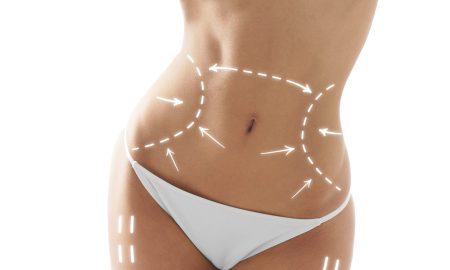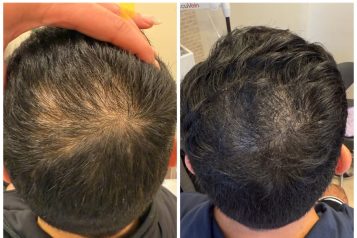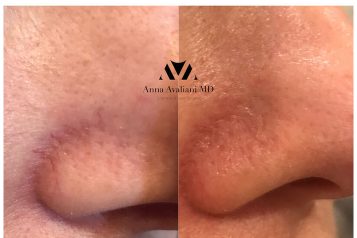 Photo Credit: Courtesy of Maridav/Shutterstock
Photo Credit: Courtesy of Maridav/Shutterstock
In the pursuit of self-enhancement and aesthetic refinement, plastic surgery has emerged as a transformative option for countless individuals. Whether it's a tummy tuck, facelift, or rhinoplasty, the decision to undergo a surgical procedure comes with many considerations, one of which is the often-overlooked factor of postoperative recovery time. It's a topic that deserves attention, as the path to achieving the desired results is linked to the duration and quality of the recovery process.
It's worth noting from the outset that recovery periods after plastic surgery are highly individualized, shaped by factors such as the type of procedure performed, the patient's overall health, and even their genetic predisposition for healing.
The Early Stages: First 2-3 Weeks
The early stages of recovery, often encompassing the first 2 to 3 weeks, are crucial for allowing the body to initiate the healing process. During this period, patients are advised to abstain from strenuous activities, giving their bodies the time they need to heal without unnecessary stress. Light cardio exercises can be reintroduced at this stage under the guidance of a medical professional, ensuring that the body gradually adapts without risking complications.
View this post on Instagram
On the Mend: 4-6 Weeks
As the recovery journey progresses into the 4 to 6-week mark, patients can begin to reintegrate general exercises into their routines. This gradual approach not only minimizes the risk of postoperative complications but also respects the body's evolving capacity to cope with increased physical demands. However, it's important that individuals adhere closely to their surgeon's advice and recommendations during this phase to safeguard against setbacks.
The Final Results: 3-4 Months
While the desire for immediate results can be enticing, the true culmination of the surgical endeavor may take several months to become fully evident. The final results, those that reflect the intended improvements, often show around the 3 to 4-month mark.
The timeline of recovery after plastic surgery is far from a one-size-fits-all proposition. Ultimately, the journey underscores: good things come to those who wait – and in the realm of plastic surgery recovery, these "good things" are the remarkable transformations.
For more information, visit Dr. Nirmal Nathan's social media:





















